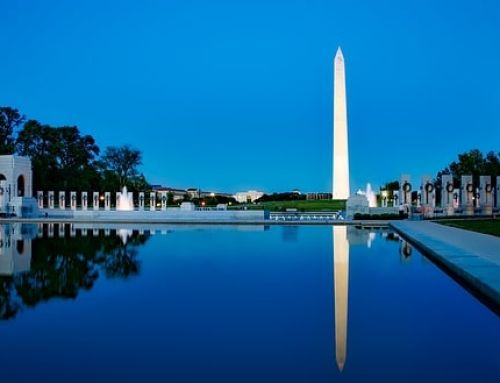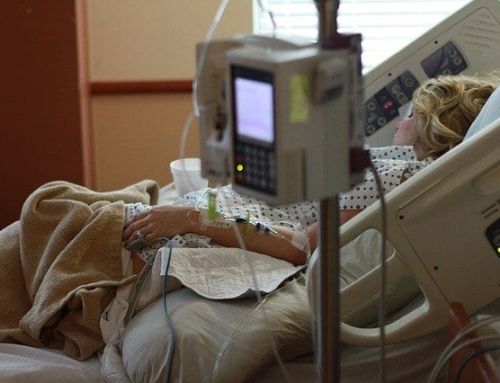Is it safe in New Orleans? The Top Ten Places to Avoid
05 Aug 12:17
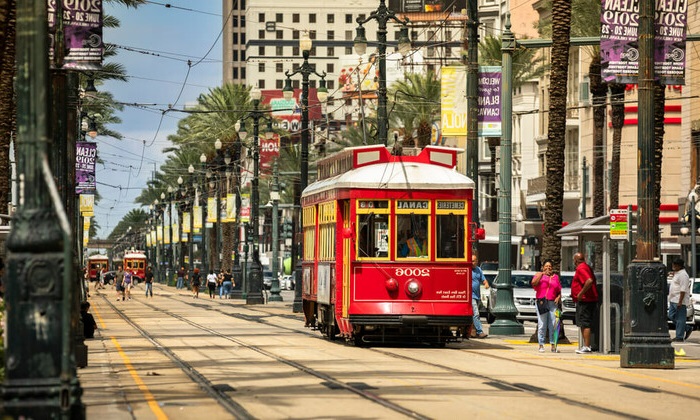
There are no words to describe the cuisine, the vibrant nature, and the joy that is New Orleans. Because the city has a cultural and music environment, a typical first-time encounter is beautiful, enthralling, and exhilarating.
Unfortunately, criminality thrives in this environment. The City Council consultant’s study of FBI statistics in 2019 put New Orleans fourth among the deadliest big cities in the United States. New Orleans’ crime rate is out of control, and the city’s state, Louisiana, has been named the nation’s most deadly state for the past 31 years in a row.
Okay, these are the spots to avoid in New Orleans, as well as the safe districts.
Top 10 Dangerous Places in New Orleans
Is New Orleans dangerous?
1. Desire
Despite the fact that this hamlet of 2,629 people has a small population, there are nevertheless areas of crime that are often reported. Desire was one of the most dangerous areas in New Orleans.
The Black Panther shootout that happened around 1970 is one of the most well-known causes for this community’s deadly image. It was also noted for its high drug usage rate, including marijuana, heroin, and crack cocaine, which boosted crime.
Only the huge destruction in 2003 curbed the rate of crime. Residents in this neighbourhood said the police presence also helped to defuse violent situations. According to FBI crime data from 2018, the total crime rate per 100,000 population is 10,300, with violent crime accounting for 1,832 and property crime accounting for 8,468. Violent crime, on the other hand, is 383 percent higher than the national average.
Exploring this neighbourhood by bike or foot is typically safe throughout the day. Nights should be avoided, especially for alone female travellers. Because public transportation is less concerned with safety, your cash and wallet are more likely to be intact without you having to worry as much.
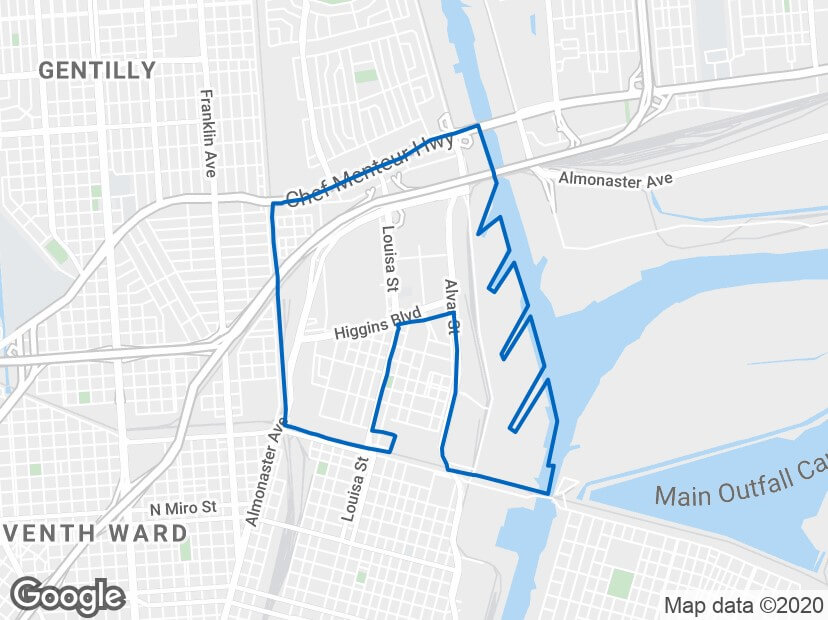
TRAVELING TO THE UNITED STATES?
Do You Have U.S. ESTA VISA Travel Authorization? If You Have ESTA Application, Check if it is Still Valid!
2. Central City
This neighbourhood, also known as the 3rd Ward, was formerly the heart of African-American business and culture in the early 1990s.
This area has a population of 13,536 people with a startlingly high crime rate. Gangs, drug traffickers, and New Orleans ghettos were largely involved in street shootouts.
This area has one of New Orleans’ highest rates of gun violence. Between 2011 and 2015, a person was shot 42 times on average. Reports reveal that crime has decreased from mid-2009 to early-2012 as a result of the police’s comprehensive activity and patrols. However, with a total crime rate of 12,935 per 100,000 population, it is advisable to be cautious when commuting by bike or foot.
Safety is assured during the day but not at night, which is especially important for women travelling alone. Petty crime rate figures are also widely apart during the day, so keep your cash and valuables in safe zones when utilising public transit.
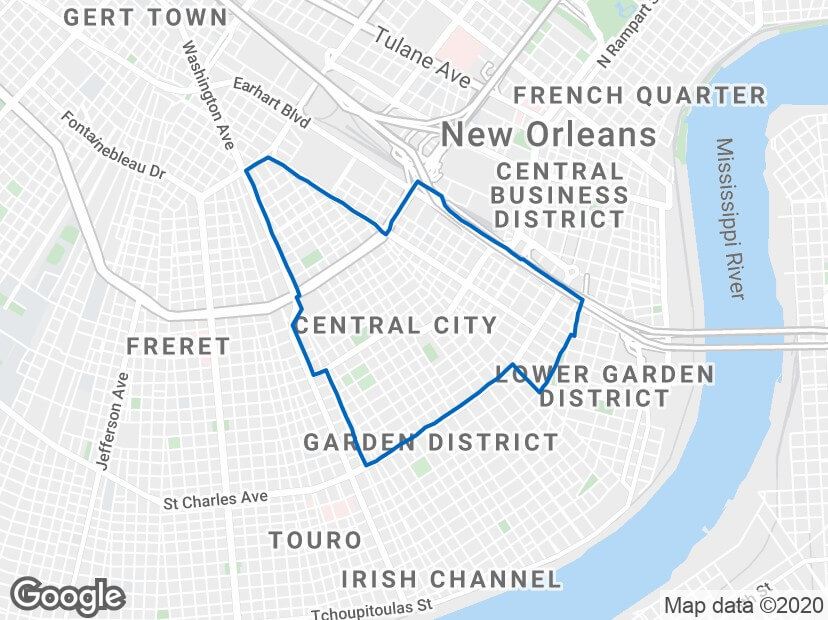
3. Seventh Ward
The expected number of residents in this neighbourhood with a low livability score is 10,552. Property crimes outnumber violent crimes in this area, as in most others. With a total crime rate of 11,997 per 100,000 population, while violent crime is 2,424, property crime is 9,573 with high rates of theft, car theft, and burglary.
The Seventh Ward was once known as a gory, infamous area due to its high prevalence of gun violence, which exacerbated New Orleans’ crime rate. According to the New Orleans-based Data Center, this area, together with Central City, account for less than 7% of the city’s population yet account for 19% of its shootings. Between 2011 and 2015, a person was shot 39 times on average. This makes this neighbourhood one to avoid in New Orleans.
Even though crime rates have decreased due to police presence, it is safer to explore during the day rather than at night. This is true whether on foot or by bike. Few hotels come highly recommended with glowing reviews. Bus travels are free of pickpockets and muggers, therefore your money is protected as well.
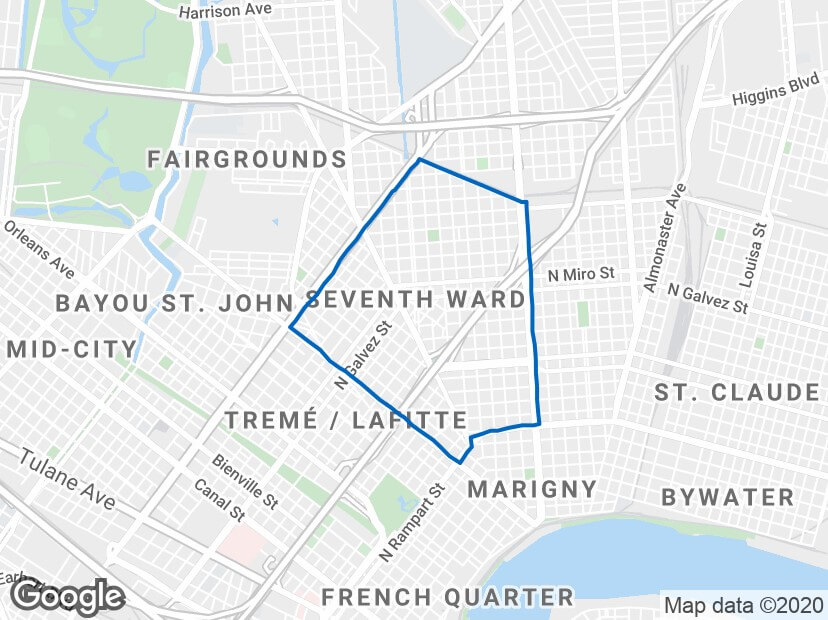
4. Florida
This neighbourhood is home to 1,427 individuals. Florida is not a good place to stay in New Orleans since it has a horrible reputation for shifting crime rates. The statistics in this neighbourhood see periodic surges.
It was particularly hazardous and violent in the 1990s. In 1994, several individuals were killed as a result of the project. While violence has been decreasing in recent years, it is worth noting that crime rates are 296 percent higher than the national average, with violent crimes being 519 percent higher. Year over year, crime in New Orleans is estimated to have grown by 13%.
While sightseeing, daylight is better because midnight might be dangerous. If passing through at night, females travelling alone are expected to stroll with a companion. With the police presence during the day, few small criminal incidents occur, thus your money and wallet are safe even on public transportation.

5. Saint Roch
This neighbourhood is rife with crime, and violence has increased in the last five years. According to a police data study, this neighbourhood had the fourth-highest rate of gun violence in 2015. With a population of 6,398, (more than 3,000), the position jumps to second.
Robbery appears to be the most influenced crime in this neighbourhood during the last three years. Property crime accounted for 80% of all reported crimes in 2018, confirming the prevalence of thefts.
As safe as the area is with patrolling cops, extra precautions must be taken to protect personal cars and goods. While using public transportation, purses and wallets should be gripped firmly. Residents suggest just travelling and exploring during the day, while Ubers should be used for night movements, especially for ladies.
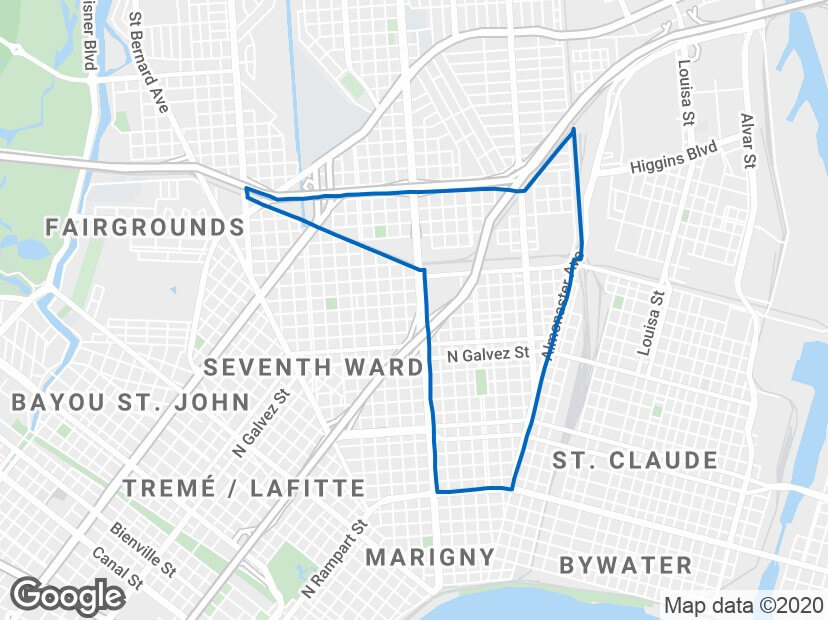
TRAVELING TO THE UNITED STATES?
Do You Have U.S. ESTA VISA Travel Authorization? If You Have ESTA Application, Check if it is Still Valid!
6. Lower 9th Ward
This neighbourhood, also known as Lower Nine, has a population of 3,636 people and is regarded as one of New Orleans’ most hazardous districts. The high crime reports in this neighbourhood were mostly attributable to significant drug dealing and consumption. It was focused in the late 1990s – the 1980s and 1990s – until 2005, when it slowed owing to the hit.
The FBI crime reports for 2018 stated that the crime of focus was stealing rather than drug dealing. Total crime per 100,000 people was 9,095 with 1,879 and 7,216 total incidences of violent and property crime, respectively.
The frequency of police patrols has reduced incidents; still, trips are best managed during the day, unless you prefer to tour one of the carefully recommended hotels at night. This is mostly for female lone travellers. Cash thefts are unlikely because few occurrences have been reported during public trips.
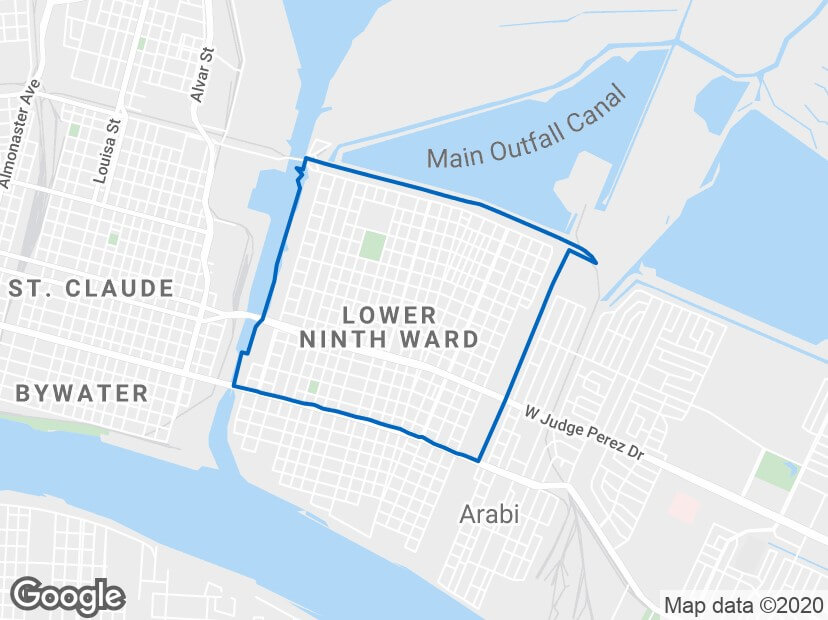
7. West Lake Forest
This area has fewer reports of serious events or gunshots than others in the city. According to current Spotcrime data, burglary is the most affected crime. Theft and violence are close after.
In this neighbourhood, the ratio of violent to property offences is 2:7. The police presence takes care of the unmentioned situations in both cases. Daytime walks or rides on bikes, as well as nighttime strolls, are permitted in this area with no safety issues. Males and females can travel alone or in friendly companionship.
Petty thefts for cash and valuables are uncommon on public transportation, but they should be avoided. You have a one in twelve risk of becoming a victim of a crime in West Lake Forest.

8. Tremé/ Lafitte
This 4,490-person community is the oldest African-American neighbourhood in the United States. It is one of the inner-city downtown areas with a high crime rate. Despite police presence, crime rates are 266 percent higher than the national average, and violent crimes are 327 percent higher. It’s no surprise that Treme’ Lafitte is safer than 0% of Louisiana cities.
Random walks or bike rides should only be done throughout the day. The neighbourhood becomes hazardous at night, and moving around may necessitate extra precautions, particularly for the women travelling wine. When visiting and needing to take a bus, keep your belongings near to you at all times. Even though cash theft is seldom reported, it is essential to avoid being a victim.

9. Tulane- Gravier
This area has a small population of 3,437 people yet a high crime rate. In 2018, there were 9,896 crimes reported for per 100,000 people. Despite the fact that property crime outnumbers violent crime by 6,376 instances, violent crimes get the emphasis since they are 364 percent higher than the national average.
The police presence is obvious at Tulane- Gravier, and its impact is felt. While the neighborhood’s safety is not in doubt, visitors are encouraged to avoid nighttime exploring, particularly females who are alone. There are several nice motels that come highly recommended in this ever-sticky area. During the day, public transportation is free of mugging, so your handbags and wallets containing cash are protected.
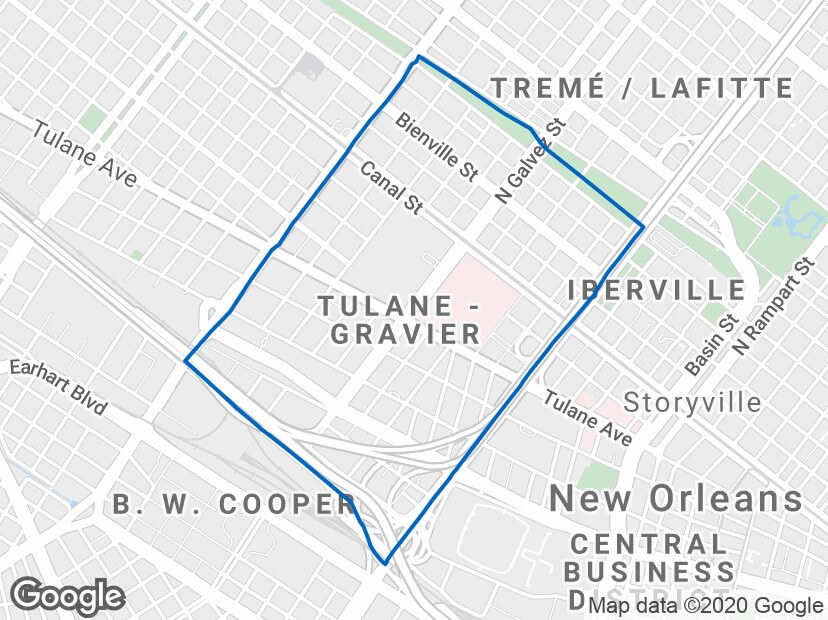
10. Pines Village
Despite its modest population of 3,187 people, this little area has a high crime rate. In 2018, overall crime per 100,000 population declined to 11,113, with violent crime accounting for 2,160 incidences. Other instances, such as small crimes and thefts, are rarely recorded. As a result, your money is safe in your possession when using public transit.
Walking and biking are hobbies that are best done during the day because nighttime may be dangerous. Women travelling alone should be accompanied after daybreak. You have a 1 in 9 risk of becoming a victim of a crime in Pines Village.
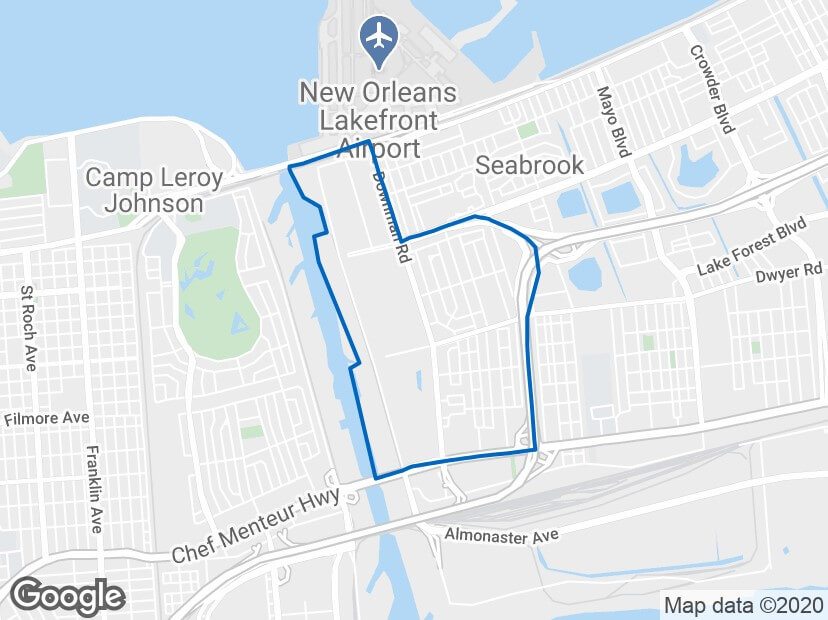
Crime Situation in New Orleans
Is New Orleans risky? According to New Orleans Police Department data, there has been a considerable decrease in violent crimes, as seen by a decrease in robberies. In 2018, the city registered 146 murders, compared to 157 in 2017. This is the lowest level in over 50 years.
Although 2019 followed in the footsteps of 2018, with a record in the first half of the year that was more than a third lower than in the same time in 2018. However, after the third quarter, the murder toll has risen to 121, breaking the 2019 homicide record.
Top Safe Places in New Orleans
Is New Orleans in danger? Here are a few safe areas in New Orleans.
1. Central Business District
This neighbourhood has a very high livability rating. Furthermore, the CBD’s 2,584 people have crime rates that are 60% lower than the New Orleans average. Typically, this is the go-to district for visitors and travellers interested in doing business in the city.
In 2018, there were 2,575 reported crimes, with 458 categorised as violent crimes. The Central Business District is a fantastic alternative for exploring due to its walkability. There are several motels in this area that come highly rated.

2. The Garden District
It, like other New Orleans neighbourhoods, has a modest population. And it is 1,926 in this neighbourhood. The Garden District is located in Orleans Parish, just outside of the French Quarter, and has an urban-suburban feel to it. It is also known as the Arts District due to its closeness to art galleries.
There are occasional complaints about the low incidence of street crime in this neighbourhood. In 2018, violent crime had the most robbery incidences, 477.7 per 100,000 persons. There were 2,335 theft instances in property crime. Residents rate this neighbourhood well in terms of safety.
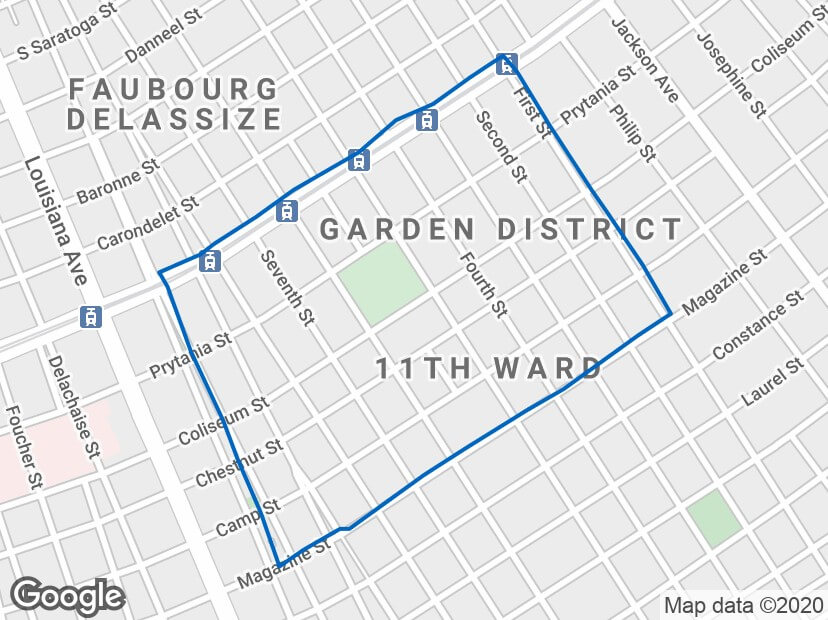
3. French Quarter
This is the most well-known neighbourhood, with a population of 3,813 people. The abundance of old residences is one of the first things that tourists notice. While the crime rate in this area is not low, it is frequently patrolled by cops.
In the past, the French Quarter was so heavily plundered by criminals that strolling alone was considered a perilous act in 2014. However, in recent years, the French Quarter has been deemed rather secure in terms of safety.
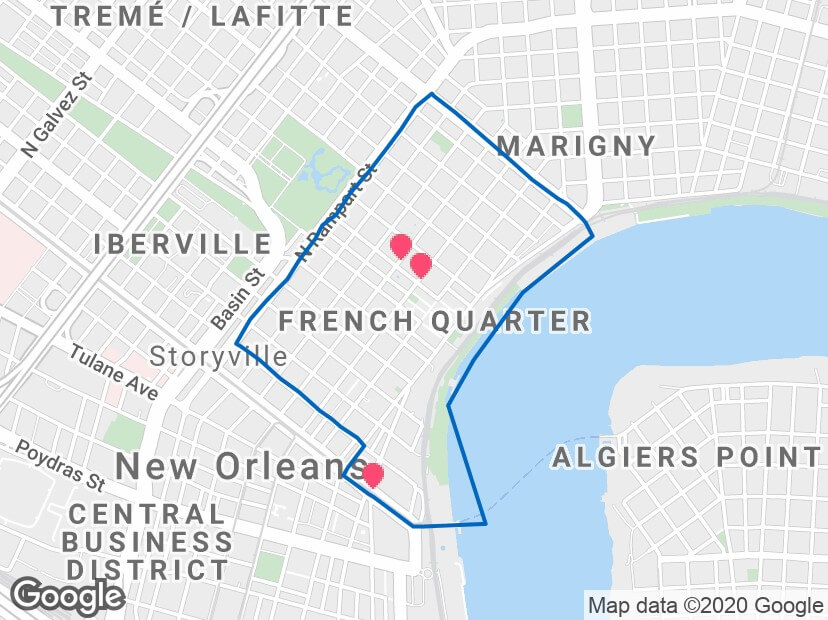
4. Marigny
The population is 3,097 people, and the livability is regarded average. Despite the fact that there were 9,914 criminal events reported for per 100,000 people in 2018, Marigny is safer than 12 percent of Louisiana’s cities.
Though security is rarely a serious issue, inhabitants advise visitors not to remain out late at night, especially young solitary female travellers. It’s worth noting how you can go around with wads of cash and not worry about getting robbed.
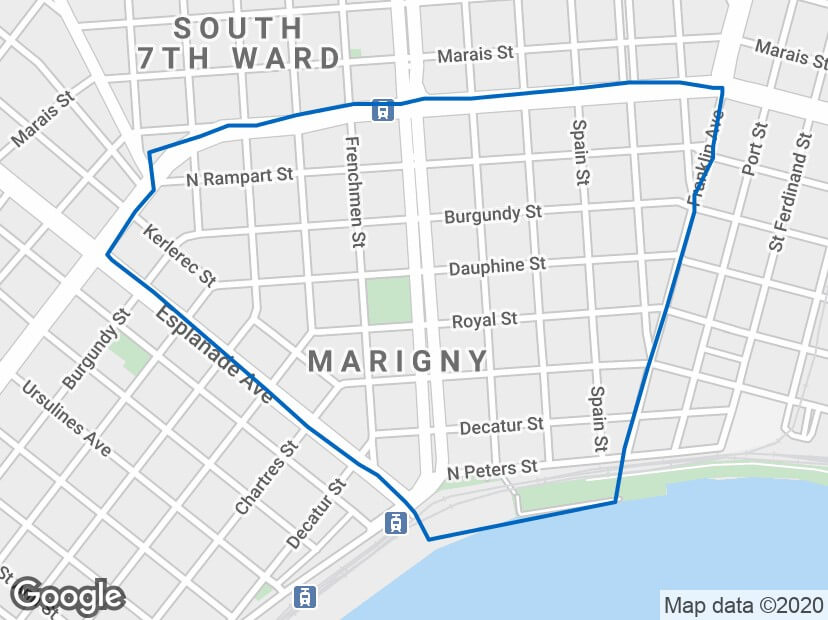
5. Mid-City
With a population of 14,238 people, this is one of the few significant villages. Despite its size, this area offers great livability, with a cost of living that is just 1% cheaper than the New Orleans average.
There are certain neighbourhoods in Mid-City where there are greater complaints of crime, such as Section 8. However, Canal St. and N Jeff. Davis – City Park Ave. are regarded as fairly safe. Mid-City is safer than 26% of Louisiana cities, with a 1 in 14 probability of becoming a victim of crime.
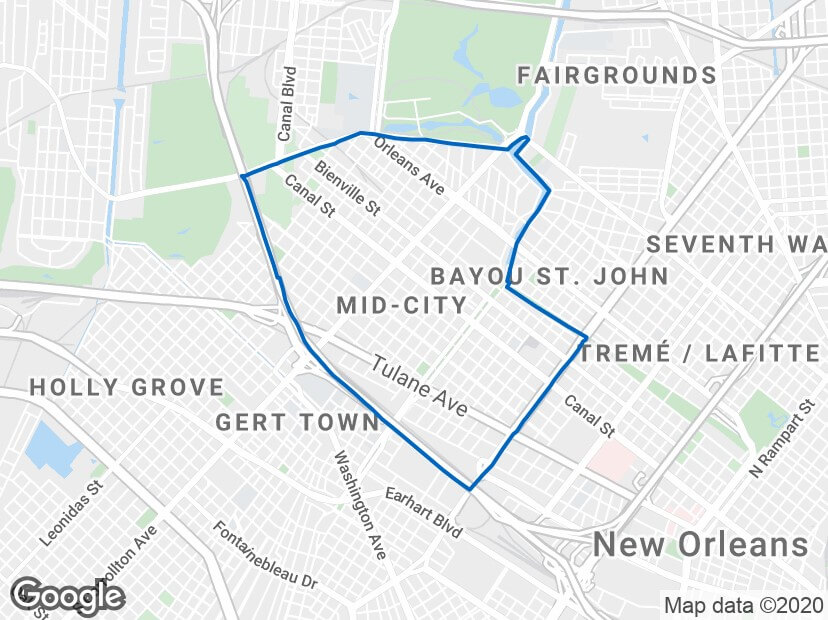
Conclusion
While the crime rate in New Orleans appears to vary, 2018 saw a drop in violent crime, demonstrating that crime may be kept to a minimal minimum. Is New Orleans safe, though? As the city’s primary focus in attracting visitors is New Orleans safety, efforts are being directed in that direction.




